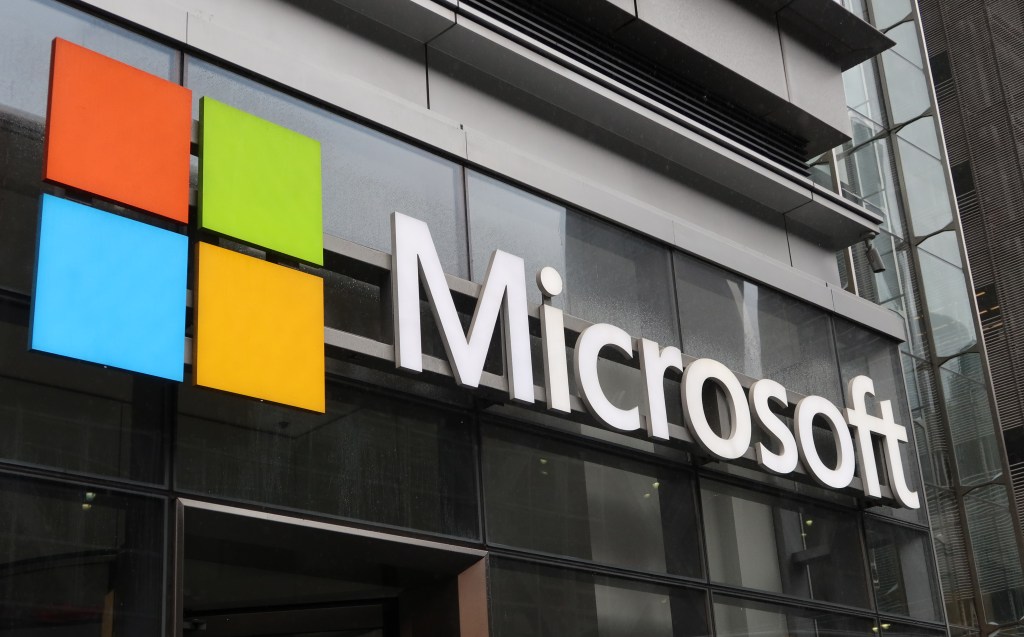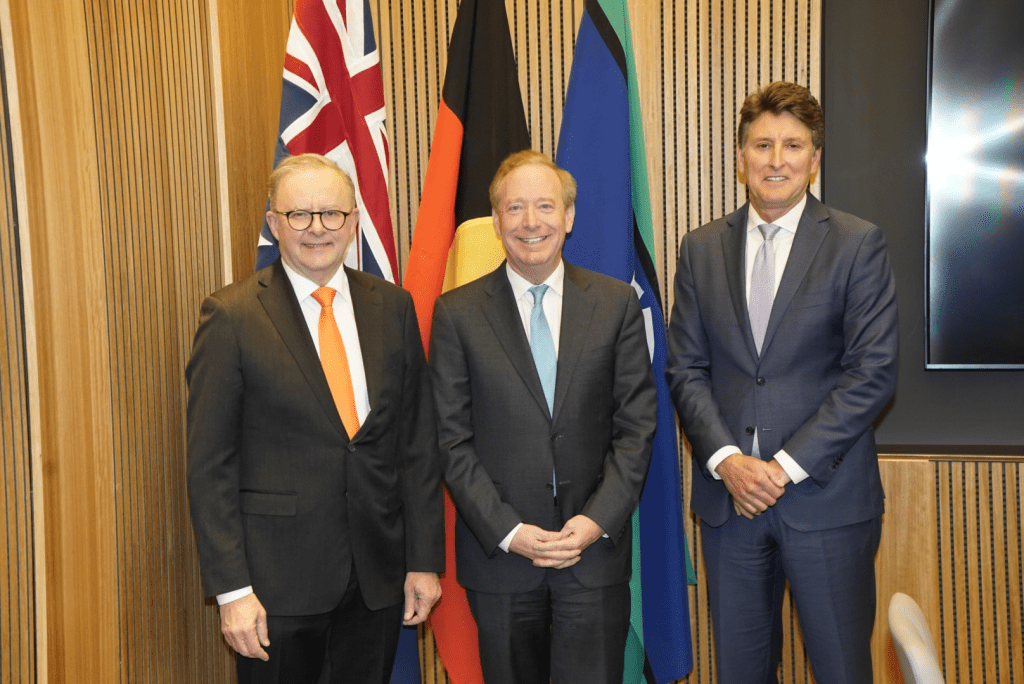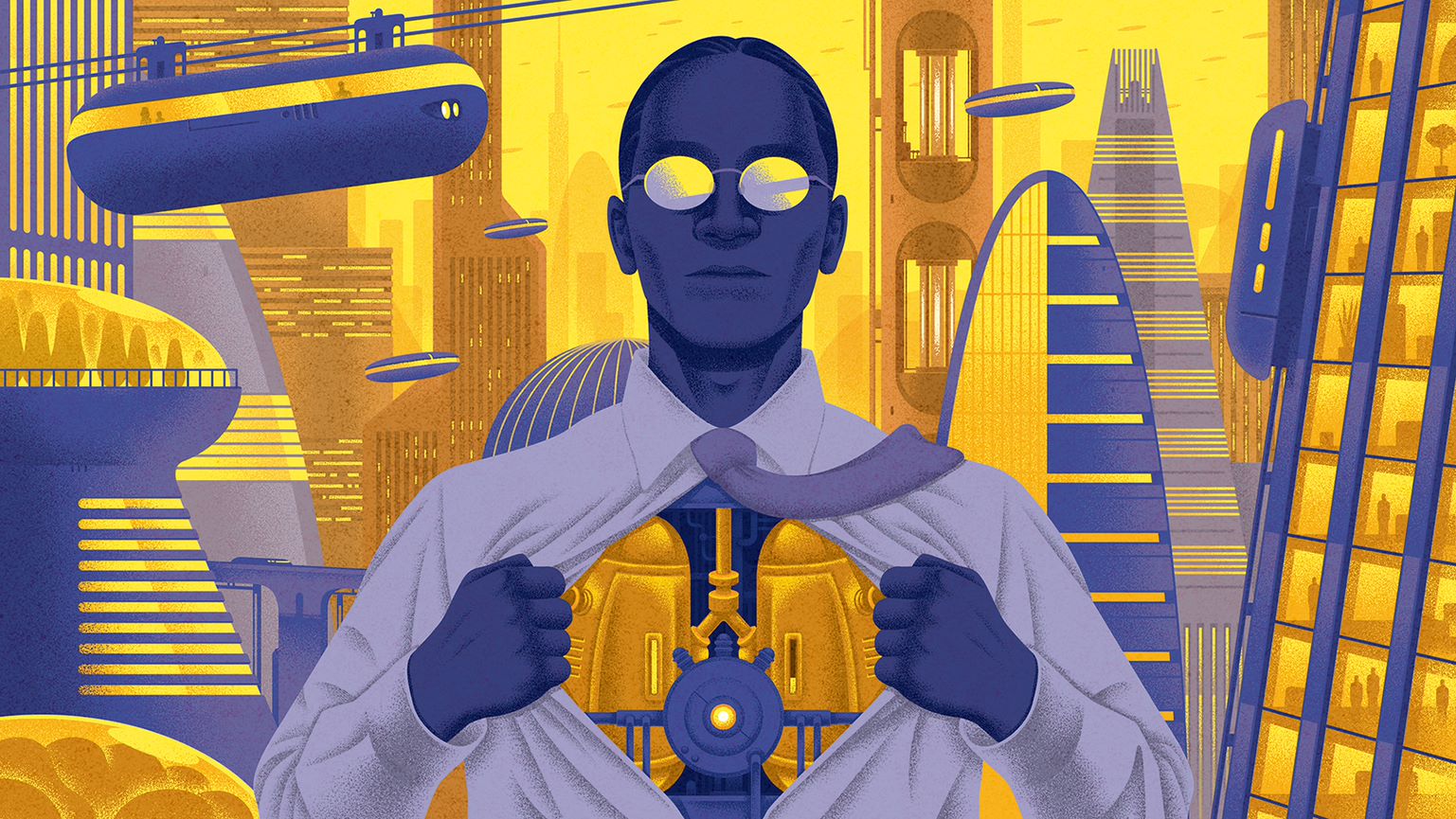The investment will roll out over the next two years, and will be the single largest investment in its 40-year history in the country.

The $5 billion digital infrastructure investment, announced during Prime Minister Anthony Albanese’s visit to the United States, will see the US$2.45 trillion business increase its computing capacity in Australia by about 250% over the next two years. (Microsoft claims its new data centres in Australia will also be made of low-carbon materials and use renewable energy, to ensure they meet the company’s sustainability goals of being carbon-negative, water positive and zero-waste by 2030.)
Part of the investment will also be used to launch a Datacentre Academy in Australia in early 2024, in partnership with TAFE NSW. The academy’s curriculum aims to help an additional 300,000 Australians gain the skills and capabilities they need to succeed in the digital economy, like IT operations skills, data centre technician skills and inventory and asset management skills.
This is a big deal for our tech sector.”
– Ed Husic, Minister for Industry
“This is a major investment in the skills and workers of the future, which will help Australia to strengthen our position as a world-leading economy,” Prime Minister Albanese said. “A priority for my Government is to ensure all Australians benefit from economic growth. This means that we need to provide the skills to enable Australians to succeed in the jobs of the future.”
Microsoft also plans to collaborate with the Australian Signals Directorate (ASD) to create the Microsoft-ASD Cyber Shield (MACS), aimed at improving protection from cyber threats for Australian residents, business and government entities. MACS will involve national threat intelligence sharing capabilities, with a focus on detecting, analysing and defending against sophisticated nation-state cyber threats.
“A strong economy requires protection from cyber threats. I welcome Microsoft’s collaboration with the Australian Signals Directorate to enhance cybersecurity for households and business,” the Prime Minister said.
Minister for Industry, Ed Husic, said the investment would keep Australia at the forefront of cloud technologies. “This is a big deal for our tech sector,” he said.
The Tech Council of Australia, which has a target to reach 1.2 million people in tech jobs in Australia by 2030, says the substantial investment would be “critical” to its mission.

“Hyperscale cloud providers like Microsoft are integral to Australia’s tech industry – they lower the barrier to entry for startups, act as incubators for developing talent, allow scale-ups to compete on the global stage and provide the same innovation and security available to the largest companies,” Tech Council of Australia CEO, Kate Pounder, said.
The investment dwarf’s tech rival, Google’s 2021 Digital Future Initiative. Then, Google committed $1 billion in investment over five years to building Australia’s tech talent and create 28,000 jobs (and close to $6.5 billion in GDP growth). In November 2022, Google’s ANZ managing director, Mel Silva, revealed in the 12 months since the program’s launch it had kicked off six major projects, and broadened its focus to “address urgent challenges” like Australia’s skills shortage.
Look back on the week that was with hand-picked articles from Australia and around the world. Sign up to the Forbes Australia newsletter here or become a member here.


